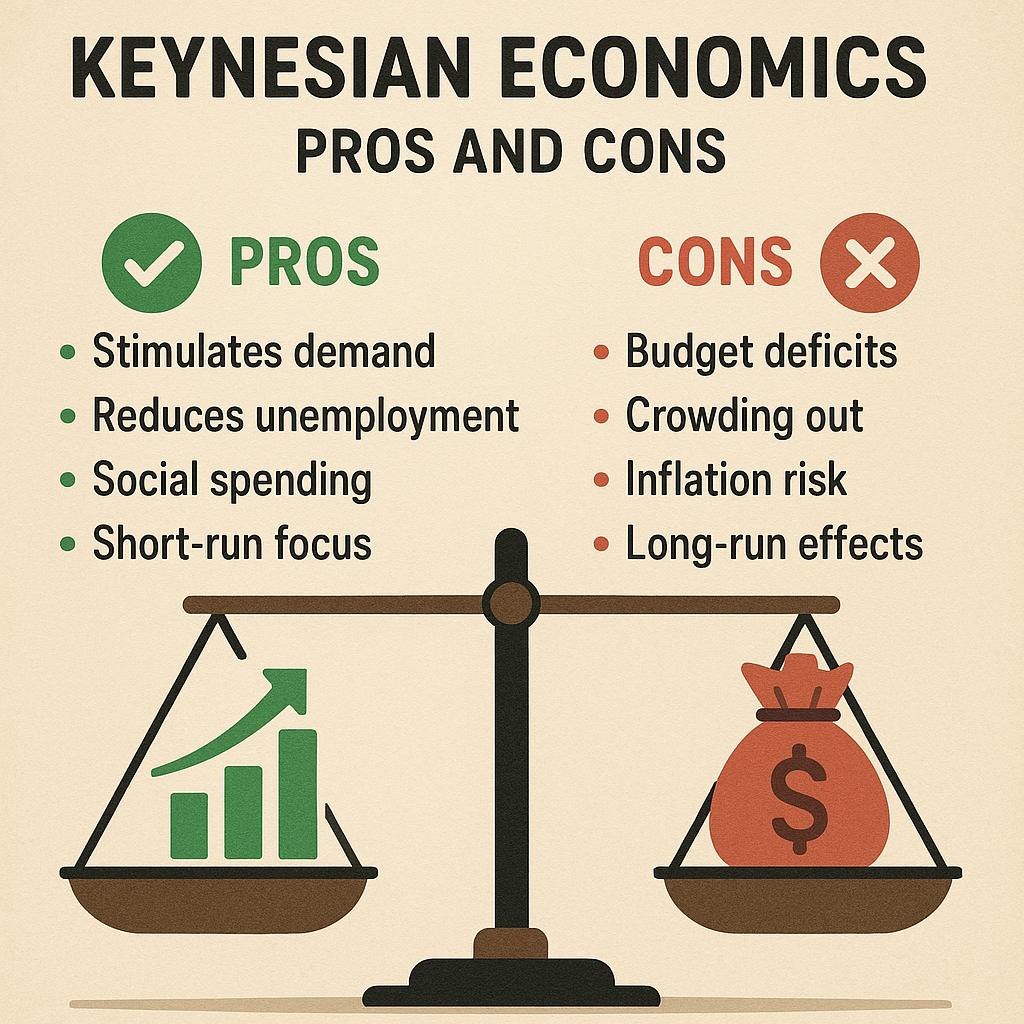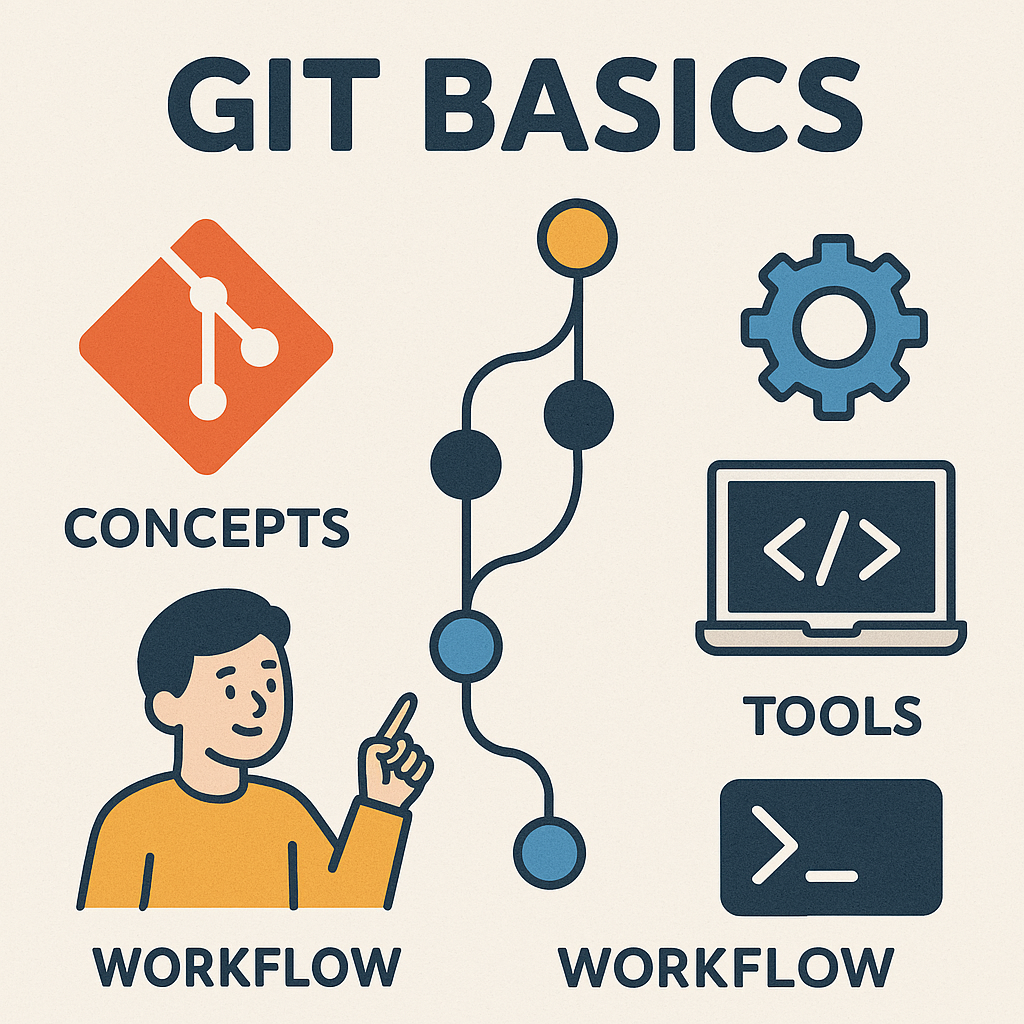Introduction
Definition of Technology Readiness and Acceptance Model (TRAM)
The Technology Readiness and Acceptance Model (TRAM) is a crucial framework for understanding how individuals embrace new technologies. This model integrates concepts from both technology readiness and technology acceptance, focusing on two key dimensions: the readiness to adopt technology and the acceptance of innovations. TRAM identifies four dimensions of technology readiness:
- Optimism: The belief that technology offers benefits and can improve life.
- Innovativeness: The propensity to be a pioneer in using new technologies.
- Discomfort: Feelings of apprehension or anxiety regarding technology.
- Insecurity: Doubts about one’s ability to use new technologies effectively.
By comprehensively assessing these dimensions, TRAM helps organizations determine how prepared consumers are for technology adoption.
Significance of TRAM in Technology Adoption
Understanding TRAM is vital for several reasons:
- It guides businesses in technology initiatives, ensuring successful implementation.
- It helps predict user acceptance, allowing for tailored marketing strategies.
- It highlights potential barriers to acceptance, enabling organizations to address concerns proactively.
For instance, when a company introduces a new software solution, leveraging TRAM can enhance user training programs through targeted support based on user readiness levels. This ultimately fosters a smoother transition to tech adoption, ensuring organizations can fully leverage technological advancements.

Evolution of Technology Readiness Models
Overview of Previous Technology Readiness Models
The journey toward the Technology Readiness and Acceptance Model (TRAM) is rooted in earlier frameworks that aimed to explain how individuals perceive and accept new technologies. Notable models include the Technology Acceptance Model (TAM) and the Innovation Diffusion Theory (IDT).
- Technology Acceptance Model (TAM): Introduced by Davis in the 1980s, TAM emphasizes two primary factors—perceived usefulness and ease of use—as predictors of technology acceptance.
- Innovation Diffusion Theory (IDT): Rogers’ IDT focuses on how, why, and at what rate new ideas and technology spread among cultures, highlighting the role of social systems and communication channels.
These foundational models laid the groundwork for understanding user behavior but often did not consider emotional or psychological dimensions of technology readiness.
Advancements Leading to TRAM Development
Recognizing gaps in older models prompted researchers to broaden the scope of analysis. There was a growing awareness that psychological factors, such as individual attitudes and comfort with technology, play a vital role in acceptance. TRAM emerged from this realization by incorporating additional dimensions:
- Optimism and Innovativeness: Capturing an individual’s positive outlook and willingness to explore new technologies.
- Discomfort and Insecurity: Addressing user anxieties and confidence levels, ensuring a more comprehensive understanding of technology readiness.
This evolution exemplifies the need for a holistic model that recognizes the complex interplay between technology and human behavior, ultimately leading to more effective technology adoption strategies.
Components of TRAM
Perceived Usefulness
One of the core components of the Technology Readiness and Acceptance Model (TRAM) is perceived usefulness. This refers to the degree to which individuals believe that using a particular technology will enhance their performance or improve their quality of life.
- Examples of Perceived Usefulness:
- A project management tool that streamlines collaboration.
- An app that tracks fitness progress and motivates healthier habits.
Users who see tangible benefits are more likely to engage with and adopt new technologies.
Perceived Ease of Use
Closely linked to perceived usefulness is perceived ease of use, which represents how effortless individuals believe it will be to interact with technology.
- Factors Influencing Perceived Ease of Use:
- User-friendly interface.
- Comprehensive support resources.
If technology feels complicated or overwhelming, reluctance to use it can ensue, regardless of its potential utility.
External Variables Influence
Beyond personal perceptions, external variables also play a significant role in TRAM. These variables include:
- Social influence, such as peer recommendations.
- Organizational culture, which can either encourage or hinder tech adoption.
For instance, if a workplace fosters an innovation environment, employees will likely embrace new technologies more readily. Together, these components create a well-rounded understanding of how readiness and acceptance coalesce, facilitating smoother technology transitions in various settings.

Applying TRAM in Organizations
Benefits of Using TRAM
Implementing the Technology Readiness and Acceptance Model (TRAM) in organizations offers numerous advantages that can significantly enhance the technology adoption.
- Enhanced User Engagement: Organizations can tailor their training programs by assessing perceived usefulness and ease of use, ensuring users feel supported and confident in utilizing new technologies.
- Informed Decision-Making: TRAM helps leaders make strategic decisions by highlighting resistance areas, enabling them to address concerns proactively.
- Increased Productivity: When employees are more accepting of technology, workflows improve, leading to higher efficiency and overall organizational productivity.
For example, a healthcare organization that adopts an electronic health record system can use TRAM to identify staff concerns and create targeted training sessions, resulting in quicker ramp-up times and fewer disruptions in patient care.
Challenges Faced in Implementing TRAM
Despite its benefits, organizations may encounter challenges when implementing TRAM:
- Resistance to Change: Many employees may hesitate to embrace new technologies, stemming from fear of the unknown or prior negative experiences.
- Resource Intensity: Assessing technology readiness may require significant time and financial investments, which can be daunting for smaller organizations.
- Data Variability: The subjective nature of perceived usefulness and ease of use can lead to inconsistent data, complicating the analysis.
Navigating these challenges is essential for harnessing TRAM effectively, ensuring that organizations can smoothly integrate new technologies into their operations.

Case Studies on TRAM Implementation
Real-World Examples of TRAM Application
Several organizations have successfully implemented the Technology Readiness and Acceptance Model (TRAM) to enhance their technology adoption processes. For instance, a leading retail chain recently integrated an advanced inventory management system.
- Assessment Phase: Using TRAM, they assessed users’ perceived usefulness and ease of use concerning the new system.
- Tailored Solutions: They discovered that employees valued real-time stock updates but were concerned about the learning curve.
As a result, the company organized comprehensive training sessions, addressing common anxieties and ultimately leading to a smoother implementation. Another example is an educational institution that adopted a new learning management system (LMS). By applying TRAM, they engaged faculty and students early in the process, gathering feedback that influenced the system’s final configuration to meet user needs better.
Lessons Learned from Case Studies
These real-world applications of TRAM present valuable lessons:
- Early Engagement: Involving users from the start can alleviate resistance and foster a sense of ownership.
- Ongoing Support: Continuous training and resources ensure users adapt comfortably.
- Feedback Loops: Regular assessments allow organizations to refine their approaches, tailoring strategies for ongoing improvement.
Ultimately, leveraging TRAM can transform technology adoption into an inclusive, successful experience, demonstrating that aligning with user readiness leads to greater acceptance and overall success.
Criticisms and Limitations of TRAM
Common Criticisms of TRAM
While the Technology Readiness and Acceptance Model (TRAM) has been praised for its comprehensive approach, it has not escaped scrutiny. Some common criticisms include:
- Over-Simplification: Critics argue that TRAM reduces technology adoption to a binary model, failing to account for the complexity of human behavior and decision-making processes.
- Cultural Insensitivity: The model may not fully address cultural differences in technology acceptance, as perceptions can vary widely across social contexts.
For instance, a company may find that TRAM does not adequately predict employee attitudes toward technology in regions with less digital literacy.
Limitations in Predicting Technology Adoption
In addition to these criticisms, TRAM faces limitations when accurately predicting technology adoption.
- Dynamic Nature of Technology: Rapid technological advancements can outpace the model’s relevance, rendering its predictions obsolete.
- Subjective Assessments: The model heavily relies on individual perceptions, which can be influenced by many factors, making it challenging to gauge actual readiness reliably.
Ultimately, while TRAM provides valuable insights, organizations must remain vigilant and adaptive, supplementing its findings with other research approaches to navigate the complexities of technology adoption effectively.
Future Trends in TRAM Research
Emerging Areas of TRAM Study
As the technology landscape continues to evolve, so does the potential for new research areas within the Technology Readiness and Acceptance Model (TRAM). One emerging area is the intersection of artificial intelligence (AI) and user acceptance. With AI becoming increasingly integrated into everyday applications, understanding how users perceive and accept these technologies will be crucial.
- Health Technology: The growing reliance on telemedicine and digital health tools offers another fertile ground for TRAM research.
- Sustainable Technologies: As organizations aim for sustainability, exploring how users accept green technologies can illuminate paths to broader societal change.
Researchers can deepen their understanding of the factors influencing technology adoption in diverse contexts by focusing on these areas.
Potential Developments in the TRAM Framework
Several developments could enhance the TRAM framework.
- Integration of Big Data: By incorporating big data analytics, organizations may better predict individual readiness through advanced behavioral insights.
- Customization: The model could evolve to allow for adaptation to specific industries, incorporating unique variables to suit different technological applications.
As TRAM continues to adapt and grow, it remains essential for organizations to keep pace with these advancements, ensuring effective technology integration and longevity in user engagement.
Conclusion
Recap of TRAM Fundamentals
The Technology Readiness and Acceptance Model (TRAM) provides a comprehensive framework for understanding how individuals and organizations adopt new technologies. TRAM offers insights into the factors that drive technology acceptance by addressing critical components such as perceived usefulness, perceived ease of use, and external influences. This holistic approach allows organizations to tailor their strategies effectively, leading to smoother transitions within their technology initiatives.
- Key Components Recap:
- Perceived Usefulness: The belief that technology enhances performance.
- Perceived Ease of Use: The perception of how easy the technology is to use.
- External Variables: Influences from social and organizational contexts.
Implications for Future Technology Adoption Studies
Looking ahead, the implications of TRAM for future technology adoption studies are significant. Researchers and practitioners can leverage TRAM to foster more inclusive technology strategies, assess user concerns earlier, and innovate better solutions tailored to users’ needs. By embracing emerging trends and integrating advancements into the TRAM framework, organizations can stay agile and responsive to technological changes, ultimately driving successful adoption and ensuring a competitive edge in an ever-evolving digital landscape.




